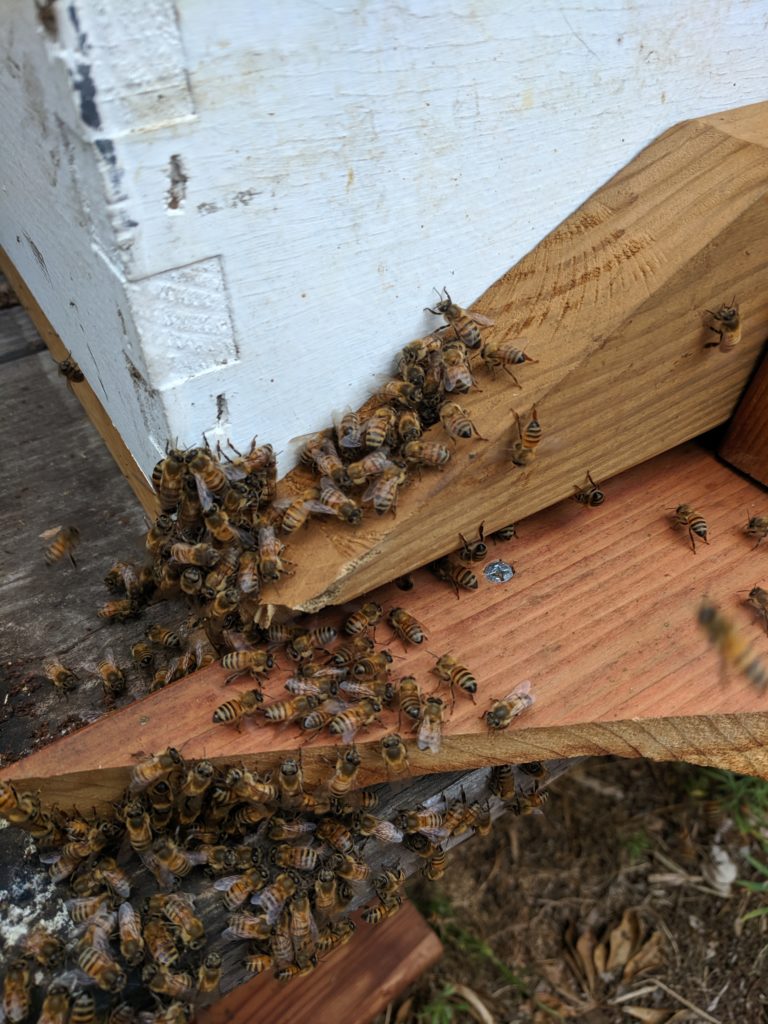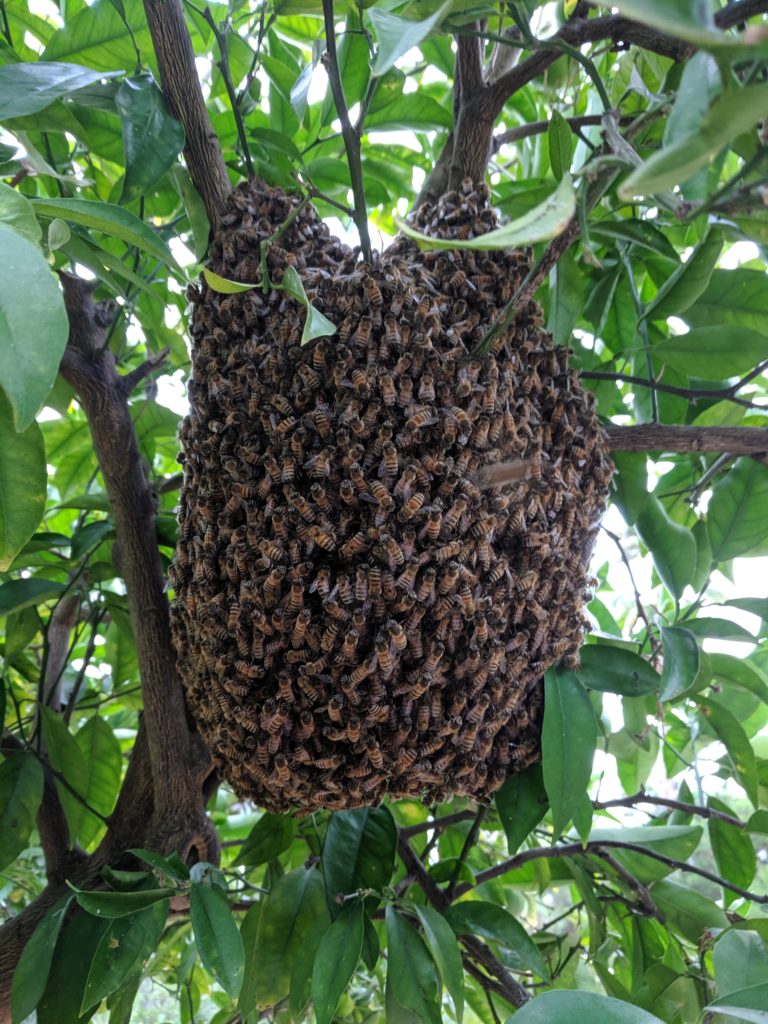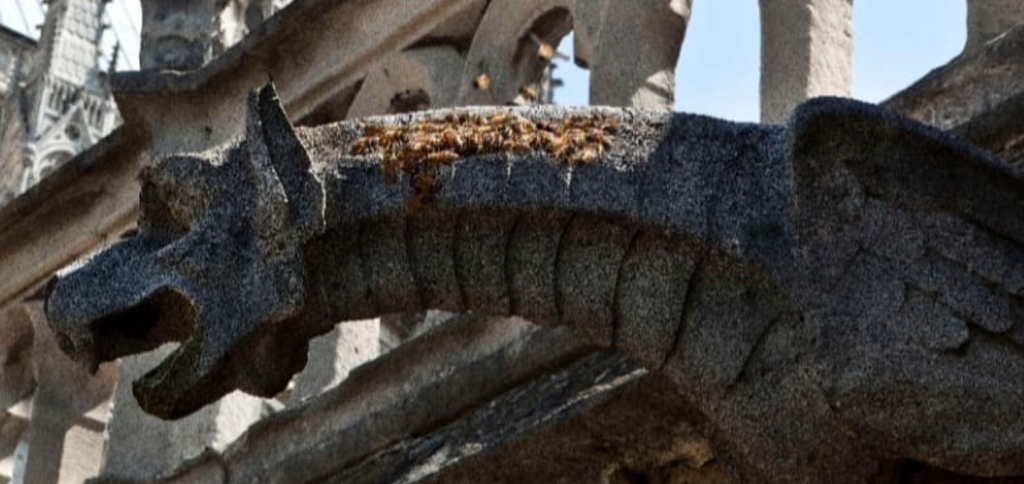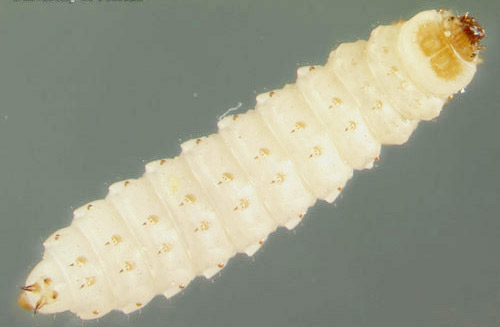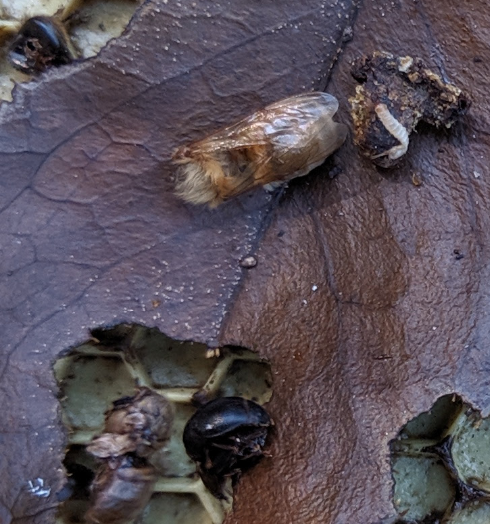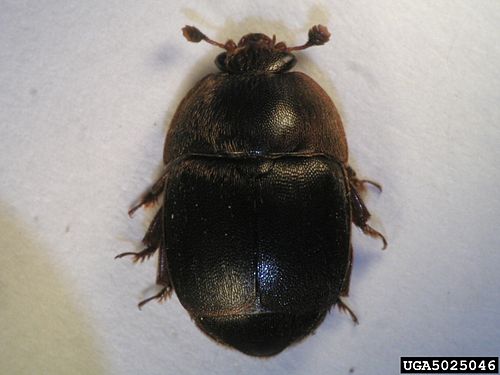Bees are dying. In massive numbers. Termed colony collapse disorder, the die-off counts among its causes a parasite chillingly named Varroa destructor. A flat, button-shaped, eight-legged critter no more than 2 millimeters long, varroa mites invade the hives, latch onto their prey – the innocent honeybees, and literally suck out the bees insides like body-snatchers, transmitting devastating viruses into the hive in the process.
The worst of these diseases is deformed wing virus, believed to be one of the largest contributors to colony collapse worldwide. Named for the shrunken and misshapen wings that develop in affected bees, DWV robs bees of their ability to fly, undermines their immune systems, and shortens their lifespan to just a few days. The sicker a bee is, and the more useless its wings, the fewer plants it pollinates. Even worse, the flowers an infected bee does manage to visit become contaminated by the virus, which then results in the infection being passed on to the next bees that visit that plant. As if that wasn’t terrifying enough, beekeepers currently know no effective way to combat the virus.
But in a study in Nature Magazine, researchers including Paul Stamets of Fungi Perfecti https://fungi.com/pages/bees present evidence of a surprising solution to DWV: mushrooms, specifically easy to obtain and inexpensive amadou and reishi varieties of mushrooms. The discovery has implications not just for honeybee populations, but also the food systems, economies, and ecosystems that rely on bees being healthy, such as the huge almond growing industry of central California.
The mushrooms in question belong to the genera Fomes and Ganoderma, more commonly known as amadou and reishi. The former grow on trees in the shape of a horse’s hoof. The latter have long been prized in traditional medicine circles and are a frequent sight at Asian markets and health food stores. Both varieties of mushrooms belong to an order of fungi known as polypores, extracts of which have been shown in numerous studies to possess potent antiviral properties against dangerous infections like HIV, pox and swine flu viruses.
“I wanted to see if those extracts had a similar antiviral effect in bees,” says Paul Stamets, the study’s lead author. A prominent mycologist, the author of Growing Gourmet and Medicinal Mushrooms, and a passionate proselytizer of all things fungal (his TED talk, “6 Ways Mushrooms Can Save the World,” has been viewed millions of times), Stamets has long suspected that bees derive some benefit from mushrooms.
He recalls a scene from his backyard in July of 1984—the first time he noticed bees from his personal hive flying back and forth to a pile of fungus-coated wood chips. The bees, he says, were sipping droplets of liquid that had oozed from the mushroom’s mycelium, the fuzzy white network of cobwebby filaments through which fungi absorb nutrients.
At the time he figured the droplets contained sugar (fungi break down wood into glucose). “But then, a few years ago, I had an epiphany—a waking dream, actually, ” Stamets says. What if the bees were getting more than a shot of sugar? He began to wonder if they were in fact self-medicating.
Join Paul Stamets’ “Save the Bees” mailing list by emailing bee@fungi.com.
